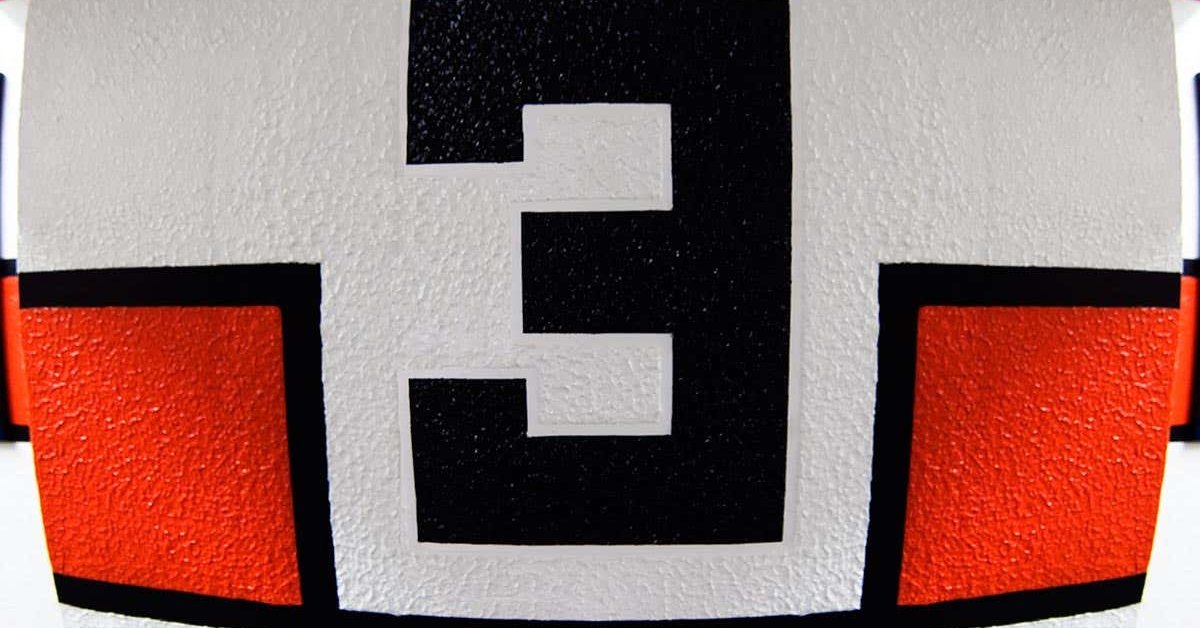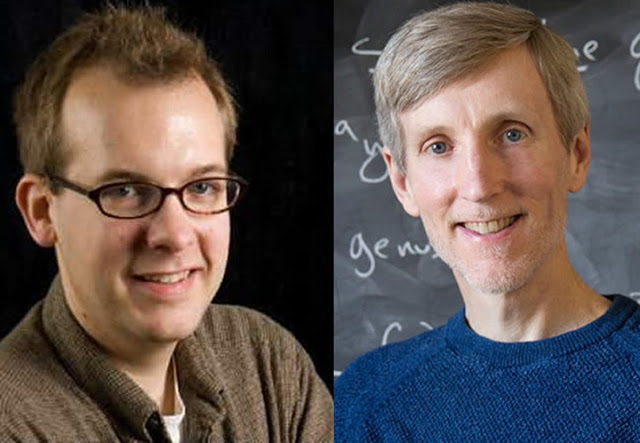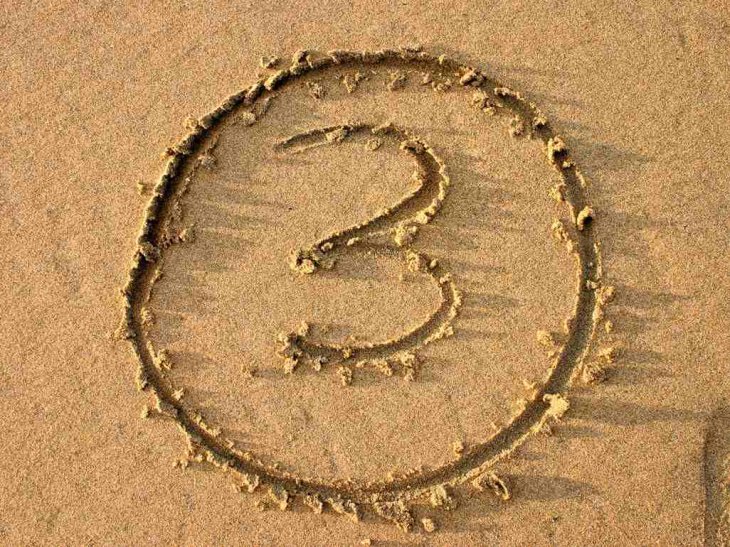So There Are More Than One Way To Write The Number 3, Here's How
Dhir Acharya - Feb 06, 2020

Last year, mathematicians cracked an elusive problem relating to the number 42. And then, they went on to find a solution to a problem with the number 3.
- This Magical Number Will Help You Find A Parking Space, The Perfect Apartment, And Even A Suitable Spouse
- Why Mathematicians Tend To Believe In God More Than Other Scientists
- Thanks To Sundar Pichai & Google, You Can Use This AI App To Do Your Math Homework
Last year, mathematicians cracked an elusive problem relating to the number 42. And then, they went on to find a solution to a math problem with the number 3.
Two mathematicians, Andrew Sutherland and Andrew Booker from the Massachusetts Institute of Technology and Bristol University, respectively, have found a solution to the sum of three cubes.

This problem raises a question if there’s any whole number or integer that can be presented as the sum of three cubed numbers. Previously, mathematicians found two solutions for the number 3, the first of which is 13 + 13 + 13 and the other is 43 + 43 + (-5)3.
However, mathematicians have spent decades searching for the next solution. And the two mathematicians we mentioned above have got it, as the following:
5699368212219623807203 + (-569936821113563493509) 3 + (-472715493453327032) 3 = 3
In September last year, the pair also came up with a way to solve the same problem for the number 42, which was the last unsolved number that’s under 100.

In order to find the solutions, Sutherland and Booker worked with Charity Engine, a software company, to run an algorithm on half a million idle computers of volunteers. The processing time for the number 3 was equivalent to one computer processor that rún fro 4 million hours, which is over 456 years.
Booker says that if a number can be presented as three cubed numbers, there can be many solutions. That means the number of possible solutions for the number 3 should be infinite and they have just found the third solution only.
It was hard and took so long to find the third solution to the problem of three and there’s a reason for that. Booker says:

In fact, the growth rate is really small for three, just 114, the smallest growth rate belongs to the smallest unsolved number. That means numbers that have small growth rates have fewer solutions and fewer digits.
>>> After A Violent Assault, This Alcoholic Became A Math Genius
Featured Stories

Features - Jul 01, 2025
What Are The Fastest Passenger Vehicles Ever Created?

Features - Jun 25, 2025
Japan Hydrogen Breakthrough: Scientists Crack the Clean Energy Code with...

ICT News - Jun 25, 2025
AI Intimidation Tactics: CEOs Turn Flawed Technology Into Employee Fear Machine

Review - Jun 25, 2025
Windows 11 Problems: Is Microsoft's "Best" OS Actually Getting Worse?

Features - Jun 22, 2025
Telegram Founder Pavel Durov Plans to Split $14 Billion Fortune Among 106 Children

ICT News - Jun 22, 2025
Neuralink Telepathy Chip Enables Quadriplegic Rob Greiner to Control Games with...

Features - Jun 21, 2025
This Over $100 Bottle Has Nothing But Fresh Air Inside

Features - Jun 18, 2025
Best Mobile VPN Apps for Gaming 2025: Complete Guide

Features - Jun 18, 2025
A Math Formula Tells Us How Long Everything Will Live

Features - Jun 16, 2025
Comments
Sort by Newest | Popular